We all know dopamine as the “miracle molecule” – the hormone that motivates us to seek rewards and experience pleasure.
As a result of its helpful ability to overcome challenges, many pursue experiences and substances that will boost their dopamine levels to enhance feelings of drive, motivation, and energy.
While logical in theory, biology has some caveats. Dopamine is very easy to overindulge in, and the consequences for doing so are counterproductive and potentially dangerous.
This article will describe the adverse effects of releasing too much dopamine, and how excessive levels will leave you feeling more unmotivated than ever. We will also see the safe and efficient way to boost your levels naturally, maximizing the upsides while minimizing the risks.
What is Dopamine, and What Does it Do?
Dopamine is a neuromodulator – a chemical compound that influences the modulation of many other neurons. You can think of it as a messenger molecule in the brain that allows specific nerve cells to communicate with one another.
Dopamine is responsible for many functions, including hormone control, regulating insulin production, and movement control.
Researchers are becoming increasingly interested in one particular trait – the reward-seeking behavior noticeable in all mammals and even some plants.
While most will recognize dopamine as the “pleasure” hormone, psychologists and neuroscientists are exploring the mechanisms behind how it provides the motivation, drive, and craving to achieve goals and overcome challenging tasks.
Related Article: What is dopamine and what does it do?
Effects of High and Low Dopamine Levels
If dopamine is responsible for inducing feelings of pleasure, motivation, and drive, then it stands to reason that we should seek to elevate our levels as high and for as long as we can. Who doesn’t want more motivation and pleasure?
While sound in theory, too much dopamine can be just as counterproductive as too little. Like dieting, balance is essential.
The Negative Effects of Low Dopamine
Lowered General Motivation and Drive
There are two mechanisms for dopamine release. The first, tonic firing, is the natural level of dopamine in your system without external stimulation.
This background level, called your baseline, is required to maintain some of the body’s basic functions, such as a general motivation to perform basic tasks and to control our movements.
When your dopamine levels reduce below your baseline level, even basic tasks, such as getting out of bed in the morning, will prove difficult. You will have little motivation, clarity, and focus for anything, resulting in a prime breeding ground for procrastination, depression, anxiety, and addiction.
To overcome these depressed levels of motivation, many rely on medication and stimulants that forcefully increase it. We will see later, however, that this dependence only exacerbates the problem.
While dopamine does not cause depression directly, imbalances in the dopaminergic system can lead to it over time.
The Negative Effects of High Dopamine
To combat the effects of too little dopamine, it is tempting to rely on stimuli that significantly boost it, such as alcohol, listening to your favorite music, or taking a pre-workout before hitting the gym.
Temporary dopaminergic boosts (spikes) such as these, however, when abused and overused, introduce their own problems that are just as detrimental as low dopamine.
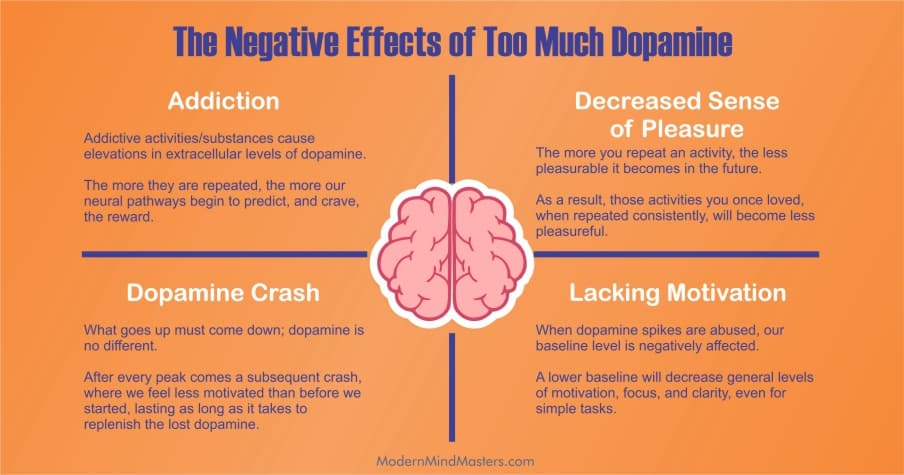
1) Reduced Sense of Pleasure
Dopamine can be said to have a “history”, that is, how much we spike and peak our dopamine levels now depends on how much it has spiked in our recent past. Our past and present states will also determine how much we can release in the future.
You can think of this effect as ripples on a lake. When throwing a rock into a lake, waves will radiate away from the impact point. When a second stone is thrown nearby, the waves from the second stone will interfere with those from the first.
In fact, this phenomenon has a whole branch of physics dedicated to it, where physicists can manipulate waves to either amplify or cancel out the energy behind them.
The same interference applies to our conceptual dopamine spikes; previous spikes (like previously thrown stones) can interfere with the energy behind present and future ones.
When we regularly overindulge in dopamine-spiking activities, such as playing video games, or dopamine-inducing substances, such as cocaine and pre-workout drinks, our past spikes interfere with our present ones, reducing the intensity of pleasure felt now.
You will have experienced this for activities that you no longer enjoy as much as when you started them.
Videogames are a common example, where the enjoyment and engagement from a new game are strongest when first played, but diminish the more you play.
In a matter of days or weeks, the game provides little value to you, and you move on to new games where you can relive those high initial feelings of pleasure.
Drugs follow a similar effect. Smokers need to smoke more or higher potency cigarettes to elicit the same sense of relief, and alcoholics need to move on to harder liquors.
The more we engage in pleasurable activities that spike our dopamine, the less we enjoy them with each repetition. To avoid this, we need to leave enough time between repetitions to reset our dopamine history and avoid interference, such as playing video games every two or three days.
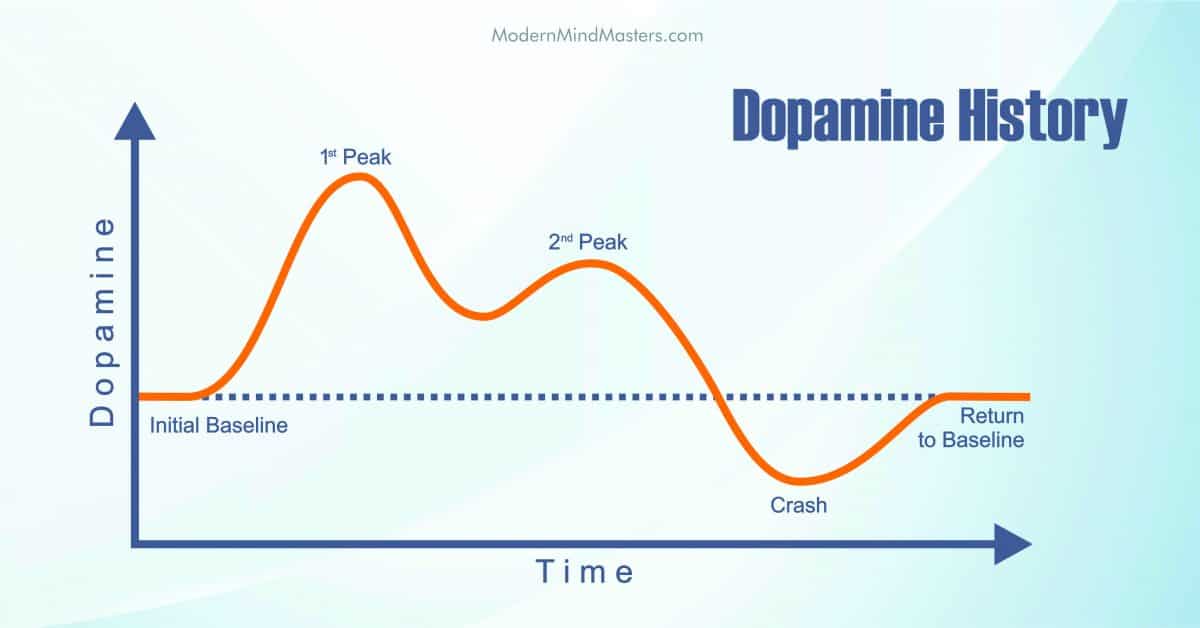
2) Dopamine Crash
George Ade once quipped: “The higher they fly, the harder they fall”. He couldn’t have been speaking any more aptly about dopamine.
Before engaging in dopamine-inducing activities, your dopamine levels begin at your baseline, where there are no external stimulations to excite or motivate you. As a result, your level of motivation to start any task is equal to your baseline.

When stimulated by activity or substances, your dopamine increases and peaks to a point determined by the intensity of the stimulus. At your peak, you are at your most motivated.
Related Article: How to Increase Dopamine Naturally – The Right Way.
Compared to other neuromodulators, such as adrenaline, dopamine release is relatively slow, and it takes some time to achieve your peak. Pre-workout drinks, for example, usually take around 20-30 minutes before they hit your dopamine receptors and last for 2-3 hours.
Dopamine release is usually accompanied by adrenaline (responsible for your fight or flight mechanism), and the two combine to create a cocktail of productivity; you have the motivation and pleasure from dopamine and the focus and alertness from adrenaline.
After this peak, your dopamine drops until it flattens out in what we call a dopamine “crash”. From the graph above, we can see that dopamine crashes to levels lower than your baseline, resulting in feelings of lower motivation than before you started.
3) Dopamine Deficit
This may seem counterintuitive – how can our dopamine level drop below where it started after engaging in a pleasurable activity?
Your body has a limited pool of dopamine in the same way it has a limited pool of blood; when donating one pint of blood you need to wait 24 hours to replace this lost volume of plasma.
Fortunately, dopamine is quicker to synthesize than blood, but not fast enough to have an unlimited pool. When we spike our dopamine, it is possible to consume it faster than it can be replaced.
As a result, when dopamine spikes to such high levels, we can consume enough from our reserve pool to not have enough left to maintain our baseline level. We call this period a dopamine deficit.
Every peak is followed by a subsequent and inevitable crash, leading to a dopamine deficit that lasts as long as it takes for the body to synthesize enough to return to our healthy baseline. During this period you will feel less motivated than before you engaged in the activity.
This is the mechanism behind post-partum depression, where after the birth of a child, after nine months of anticipation and continuously elevated levels of dopamine, a mother’s levels plummet, crash and enter a deficit for as long as it takes to recover, usually days or even weeks.
The same has been reported by marathon runners, who, after months of training and anticipation, and having received the reward, pleasure, and accomplishment of finishing, commonly report lowered motivation for a day or two after the event.
4) Addiction
In response to external stimuli, such as eating delicious foods or watching a fascinating movie, phasic firing (rapid release) of dopamine elevates extracellular levels.
While this is great for motivating us to complete a task or seek rewarding experiences, the more we engage in phasic firing for a particular activity, the less pleasure and reward are felt from them in the future.
With every repetition of the same pleasurable activity, our neutral pathways (through neuroplasticity) learn to respond to stimuli that immediately precede them. And the more these predictors are learned, the earlier the brain begins to expect and crave them.
In other words, when repeated constantly, our brain learns the patterns of when it can expect dopamine and begins to prime the body for it earlier and earlier. When taking addictive drugs, for example, we crave them more and more, and earlier and earlier, to the point where it becomes difficult to delay or stop taking them.
Experiences can be just as addictive as drugs, depending on how much these stimuli spike our dopamine levels. Gambling, porn, and gaming can all be dangerously addictive when repeated consistently enough for the brain to learn to crave them at expected times.
5) Depression
Major Depressive Disorder (MDD) is one of the most prevalent mental disorders worldwide; lifetime prevalence rates for most countries range between 8 and 12%.
Dopamine does not cause depression directly, but imbalances in the dopaminergic system over time can lead to it. One cause is too frequently relying on dopamine-inducing substances that cause us to crash hard and often, placing us in a deficit for longer.
Persistently high levels of stress hormones, such as dopamine, serotonin, and cortisol, can increase the risk of neurotoxicity, a risk often associated with depression.
Anhedonia (the reduced ability to feel pleasure) is a particularly difficult symptom to treat, as increasing evidence suggests that second-generation antidepressants, such as SSRIs, are not effective in treating positive affect deficits, such as motivation and reward-related cognitive impairment in depression.
One of many possible causes of Anhedonia and depression is unhealthy dopamine levels, and resetting them back to healthy levels could be one way to help alleviate some symptoms.
What This All Means
Consistently elevated levels of dopamine lead to crashes, deficits, and interference that diminish the intensity of pleasure felt from experiences the more we regularly repeat them.
On the extreme end, addiction and depression create toxic environments that substantially worsen this.
How to Improve Motivation and Pleasure Without the Negative Effects
How do we escape the dopamine paradox – that increasing dopamine increases motivation and pleasure, but the more we do it, the less effective it becomes?
1) Differentiate Between Increasing Dopamine and Increasing the Benefits
Make the important distinction between increasing dopamine and increasing your pleasure and motivation. One leads to the other only in balanced amounts and when regulated efficiently.
When repeated too frequently, boosting dopamine will not continually increase the benefits.
Instead, think of regulating your dopamine levels in the optimal range as the best way to maximize your motivation and pleasure.
Long-term motivation requires careful regulation of your peaks (and subsequent crashes and deficits), making sure not to overindulge in the short term. Like golf, it is a long game best played slow.
2) Reset Your Dopamine Levels With A “Detox”
If you are already struggling with the effects and symptoms of too much dopamine, such as lowered levels of baseline motivation and focus and a decreased ability to feel pleasure from activities you once used to enjoy, trying to chase them by making them more intense will not only prove counterproductive but could potentially lead to addiction.
Before you can begin to benefit, you need to first reset your dopamine levels back to healthy levels. A “dopamine detox” over a few weeks or months will be necessary to clear your tainted dopamine history. Strong addictions may require up to 90 days to reset.
The five steps to dopamine detox, as outlined in this linked article, will help you reset your levels. They are briefly summarized below.
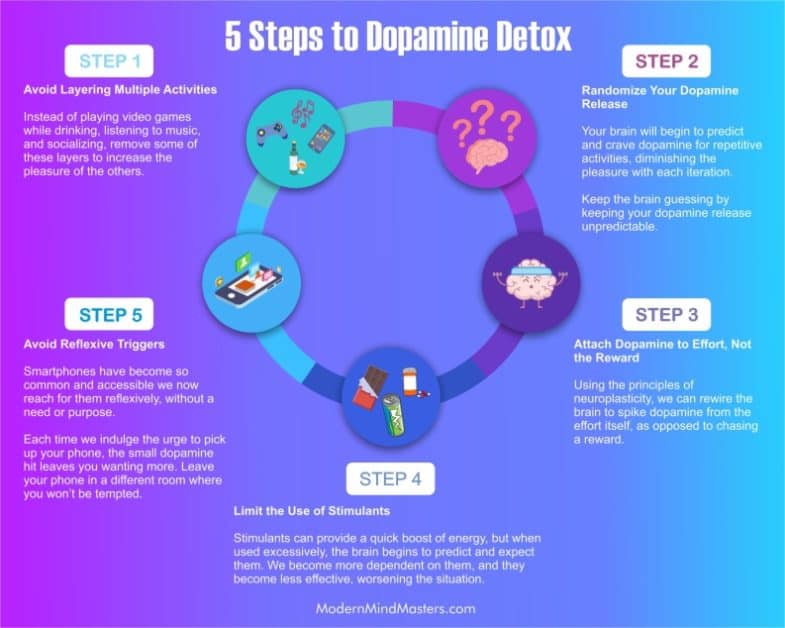
3) Avoid Layering Multiple Activities
Combining multiple dopamine-inducing activities will make it more difficult to enjoy each activity individually.
If you play video games while listening to music, drinking alcohol, and talking with your friends, you have layered four separate dopamine-inducing activities together at once. When done regularly, you will struggle to find pleasure when just gaming on its own, because your neural pathways will be expecting a higher peak from the other activities.
Similarly, when working out combined with a pre-workout, listening to music, and using social media between sets, these four activities will diminish your motivation to exercise when the other activities are not present.
Detox by performing single activities. If this proves too hard (you are essentially kicking a small addiction), cut back on one activity at a time and increase as you become more accustomed to it.
4) Limit and Randomize Your Dopamine Release
The more you engage with something, the less pleasureful it becomes because you need to increase the intensity of the stimulus to match the same sense of enjoyment.
Offset this by limiting how often you repeat these activities. Limit it to two or three times a week, and try to keep the times and days random so your brain cannot link, expect and crave them.
Conclusion
While increasing dopamine will increase your sense of motivation, drive, and energy, and make enjoyable activities more pleasureful, this effect is short-term. When repeated frequently, the brain begins to associate the event with the predicted reward.
The more they are repeated, the earlier the brain starts to predict and crave them, leading to addictions that can become difficult to break.
To make matters worse, the more we repeat these activities, the less pleasure we can draw from them. We need to increase the intensity of the stimulus to elicit the same sense of pleasure, making addictions even more dangerous.
Instead of aiming to increase your dopamine in absolute terms, think of regulating your dopamine levels in the optimal range as the way to maximize your motivation and pleasure. You may have to sacrifice some dopamine spikes in the present, but your baseline and peaks will yield much greater results over the long term.
FAQs
What causes too much dopamine?
While increasing dopamine will increase your sense of motivation, drive, and energy, and make enjoyable activities more pleasureful, this effect is short-term. When repeated frequently, the brain begins to associate the event with the predicted reward.
The more they are repeated, the earlier the brain starts to predict and crave them, leading to addictions that can become difficult to break.
What are the negative effects of too much dopamine?
When your dopamine levels reduce below your baseline level, even basic tasks, such as getting out of bed in the morning, will prove difficult. You will have little motivation, clarity, and focus for anything, resulting in a prime breeding ground for procrastination, depression, anxiety, and addiction.
Can too much dopamine cause anxiety and depression?
While dopamine does not cause depression directly, imbalances in the dopaminergic system can lead to it over time.



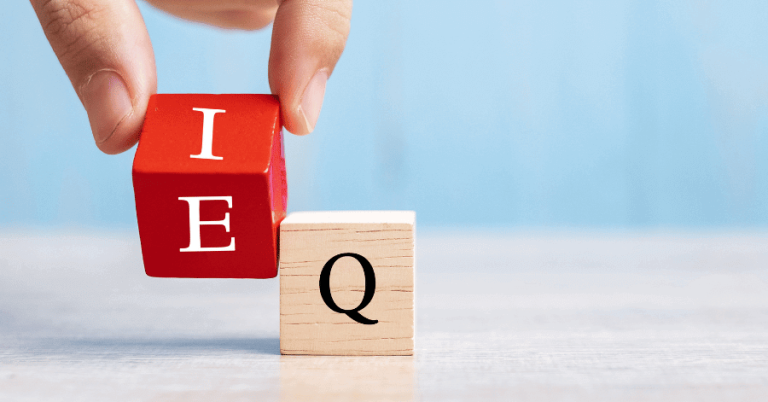
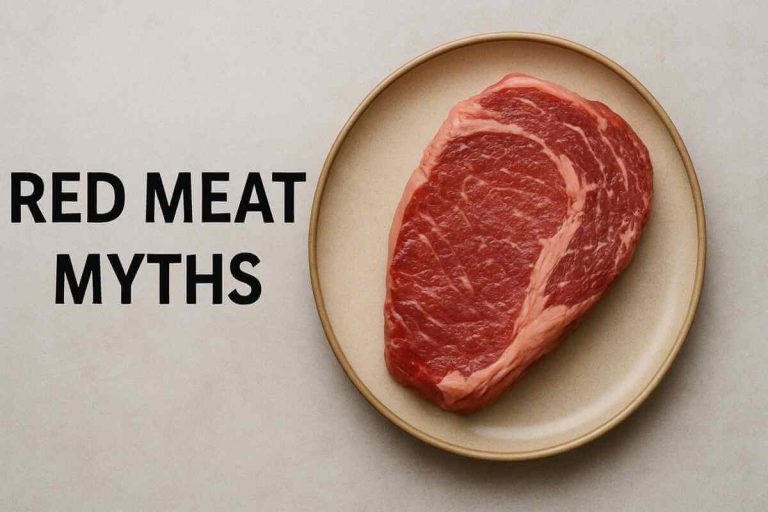
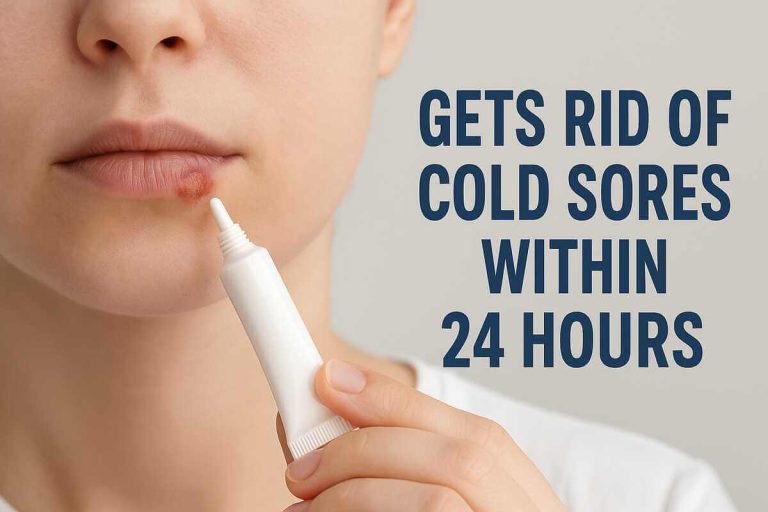

2 Responses
Thank you for this article. This is the best-detailed one on Dopamine with charts that I have seen on the net as of yet.
Thank you very much, I’m glad you enjoyed it and hope you can put it to good use!